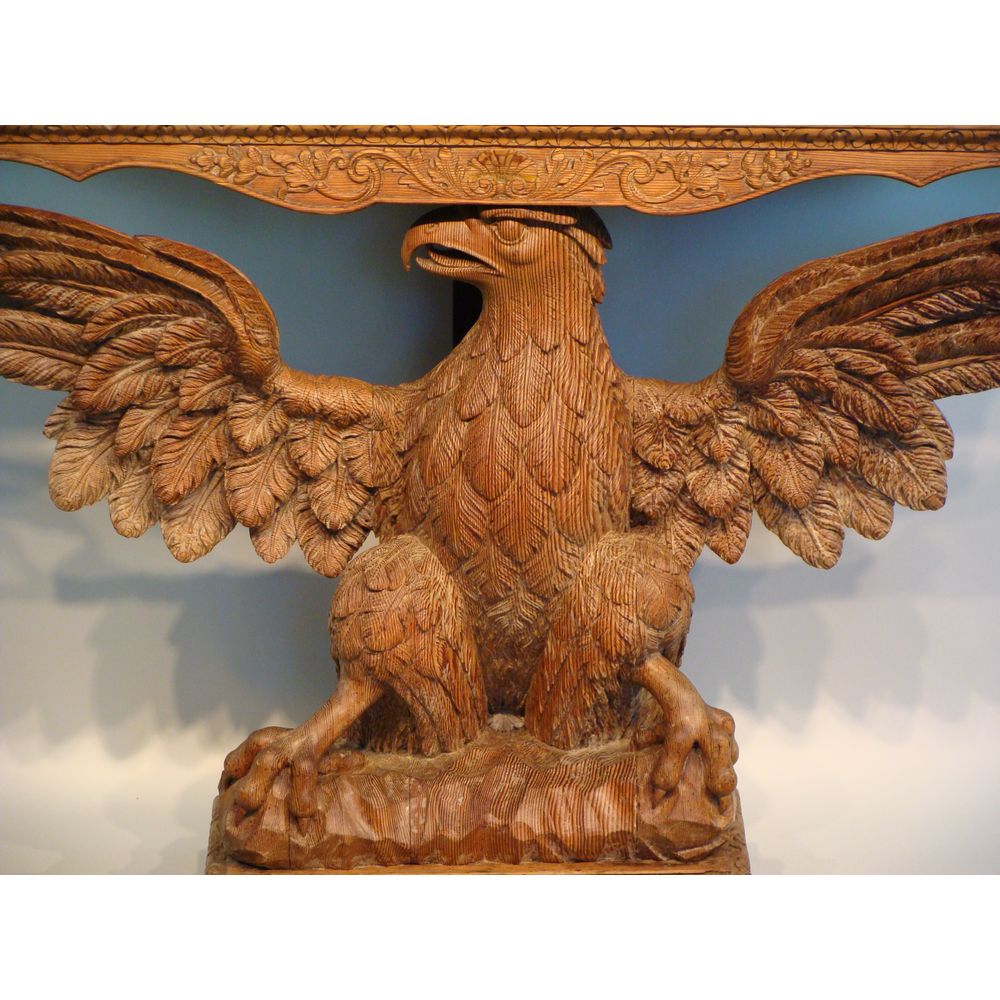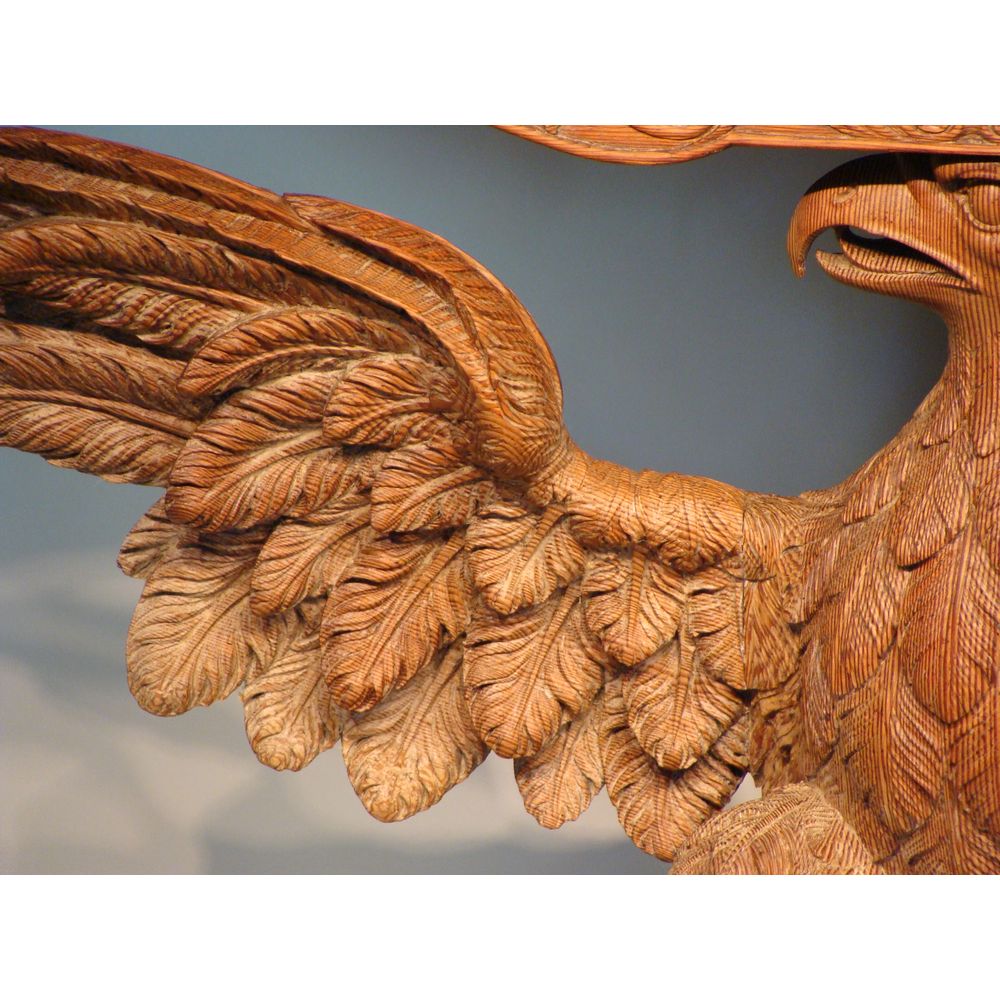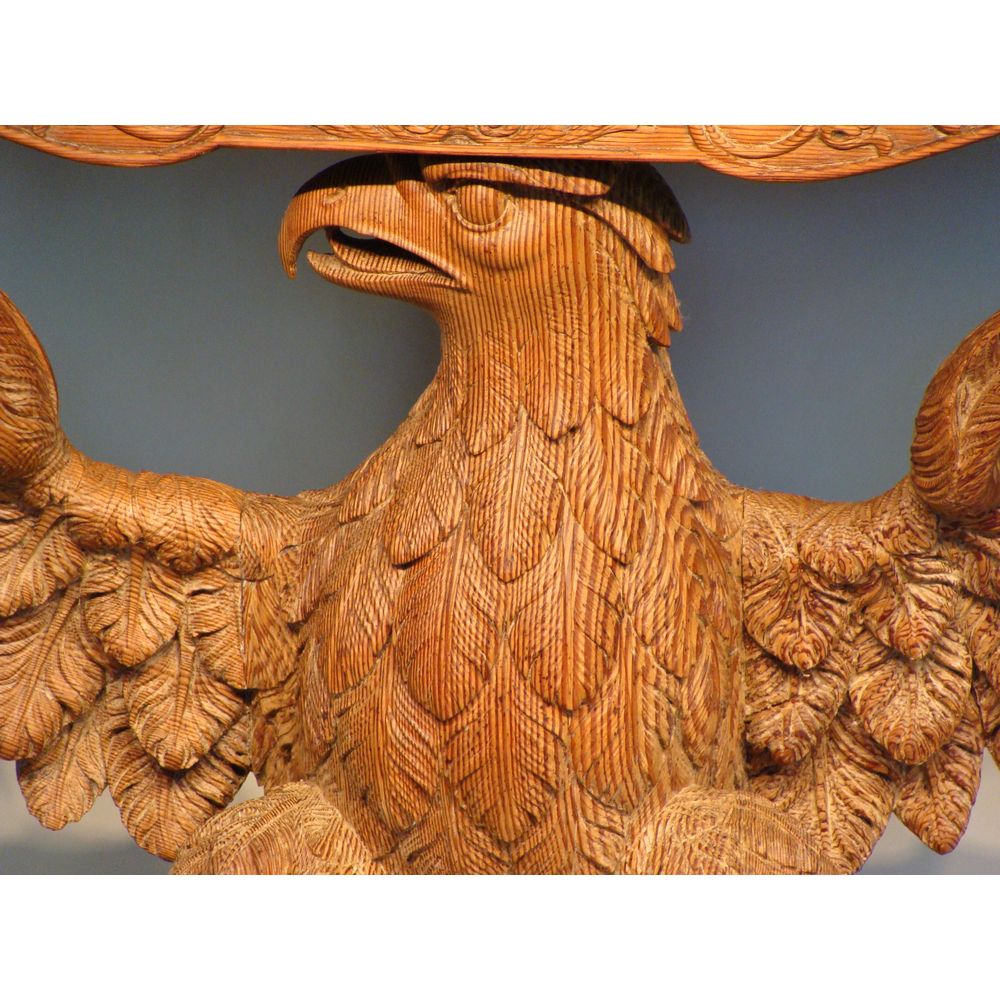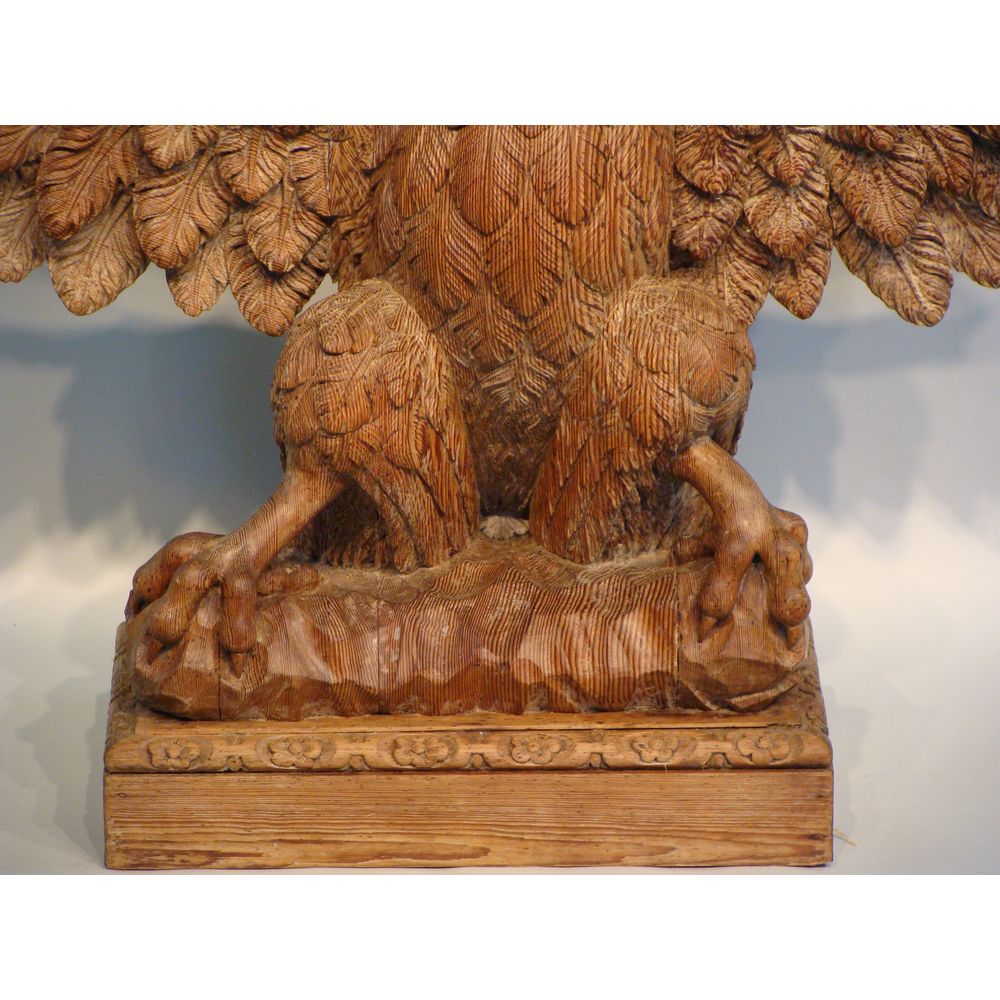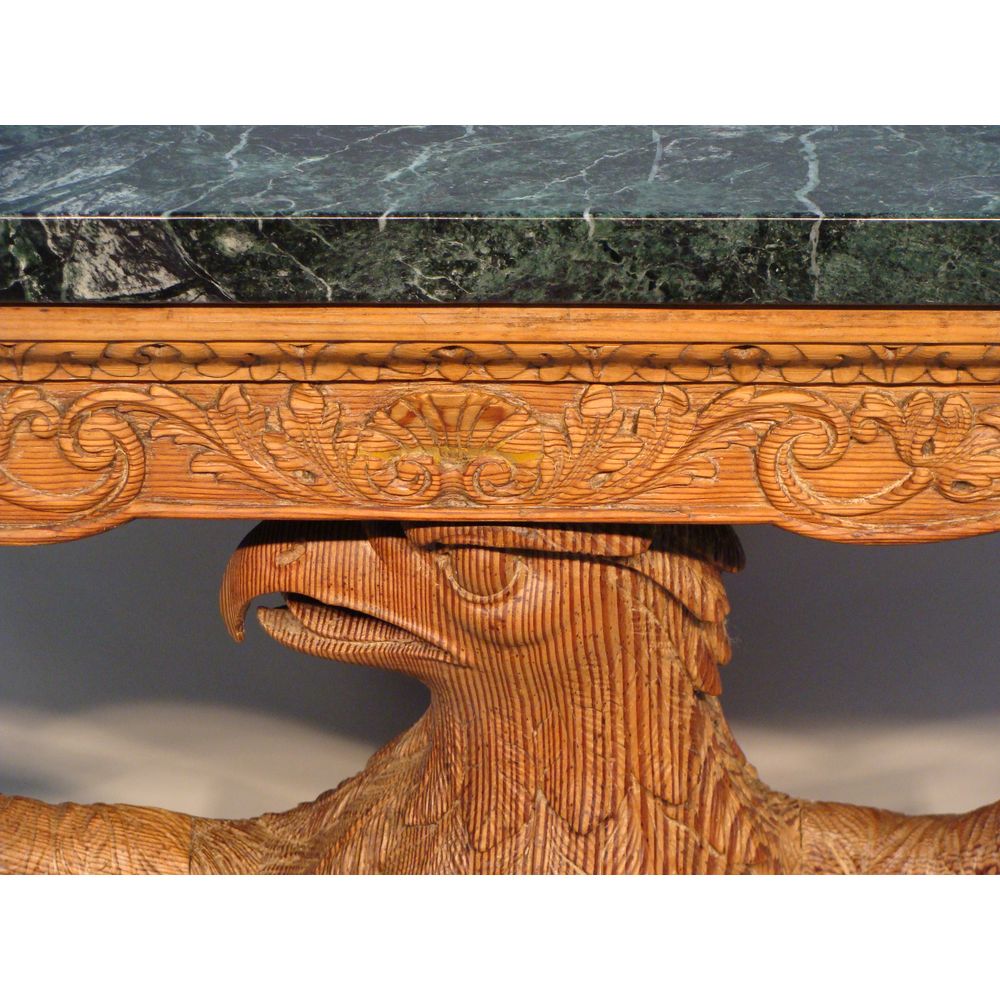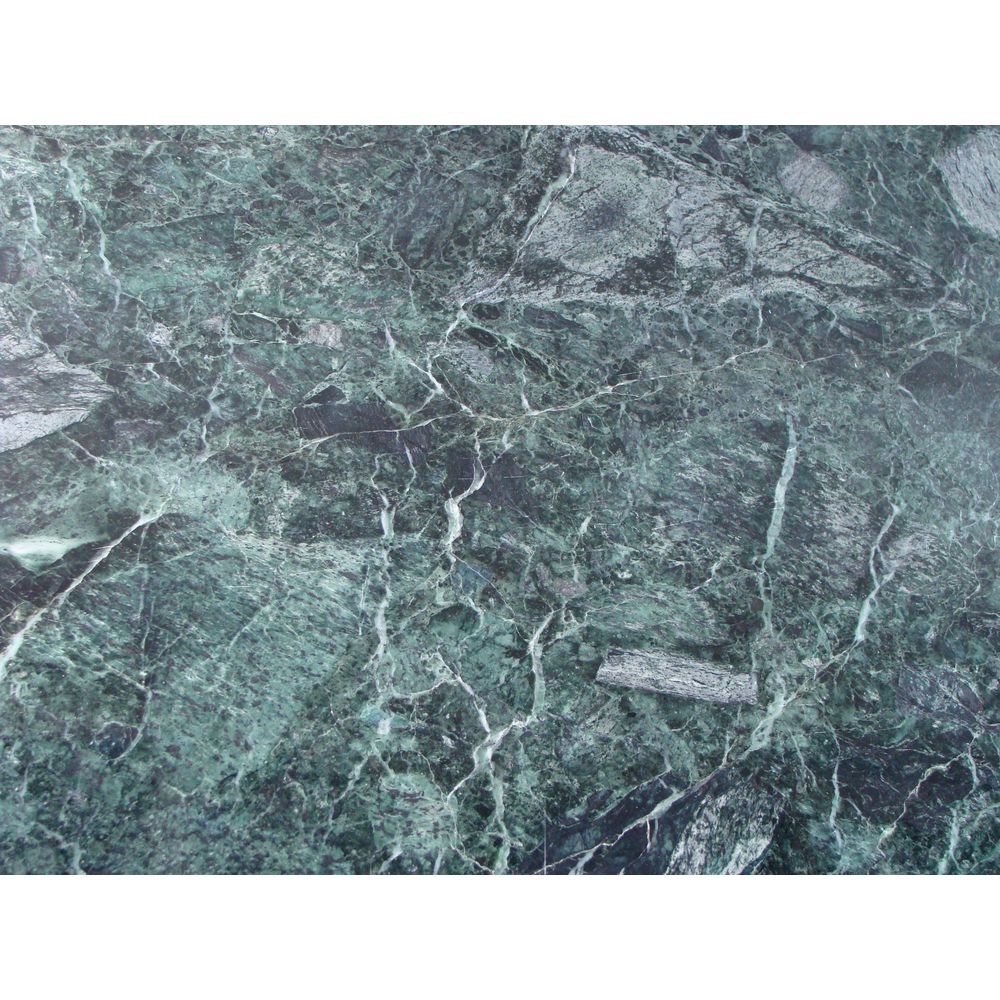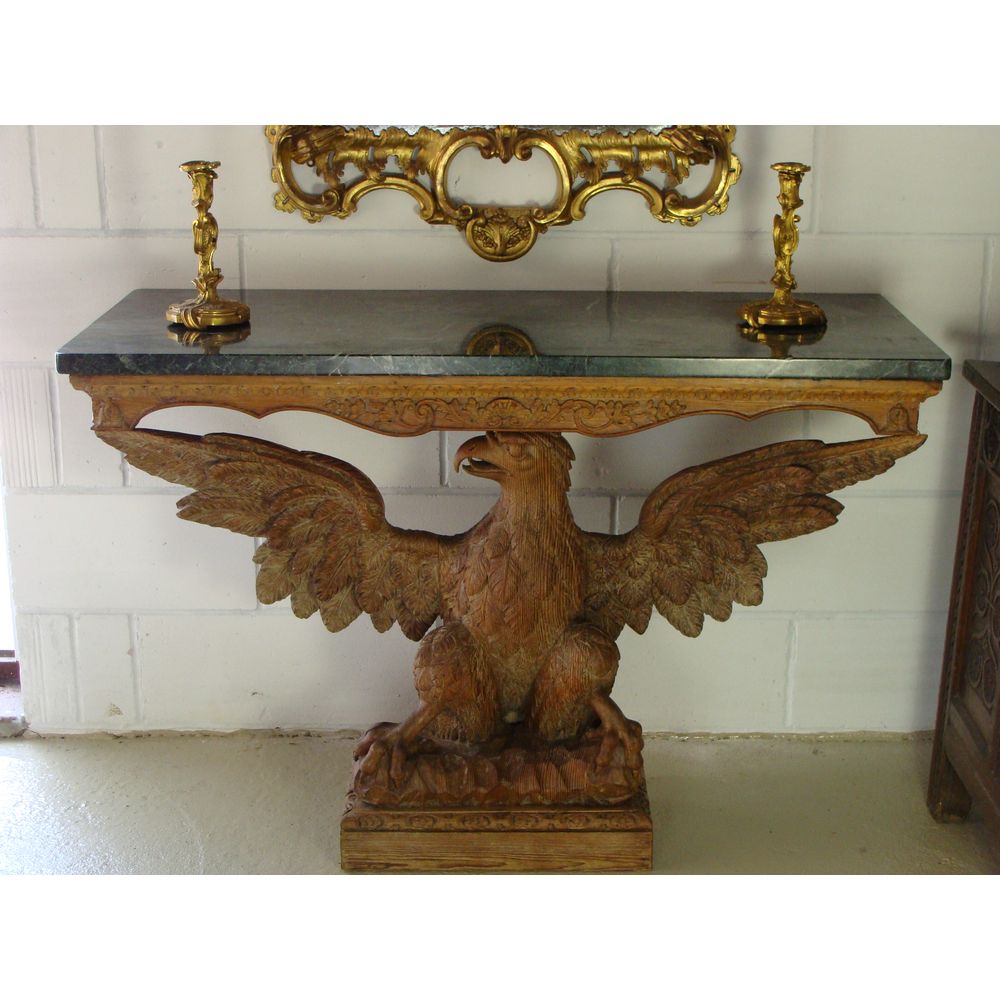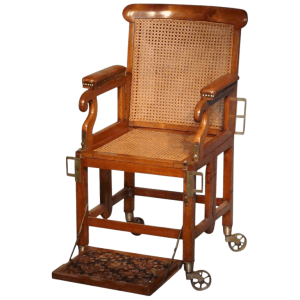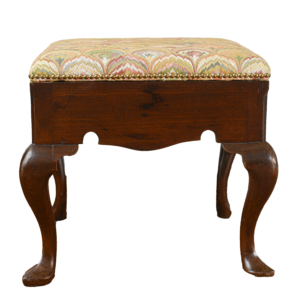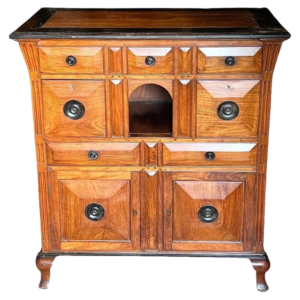Description
A well carved eagle console table with verde antico marble top. In the manner of William Kent.
The well defined, crisply carved displaying eagle supports an antique marble top set within a carved serpentine frame. This 19th century table is further supported on a stylised rockwork base with a plinth.
Of very good colour and patination.
This style of antique console is much sought after by Interior Designers and collectors. These have always been difficult to source.
This particular carved eagle console table would make a very decorative hall table or pier table.
Measures:
Height 33″
Width 50″
Depth 21″.
Further reading:
This form of console was introduced into England during the first part of the 18th century by, inter alia, William Kent (1685-1748) on his return from a ”Grand Tour” studying architecture and design in Italy.
Kent designed and supplied stately furnishings and contents for some of the greatest of English Palladian style country houses e.g. Hampton Court Palace circa 1732, Chiswick House circa 1729, Holkham Hall, Houghton circa 1720 and Devonshire House, in London, circa 1740.
For a related eagle console table see the National Trust Collections, William Kent (Bridlington 1685 – London 1748).
Vis. Sudbury Hall, Derbyshire, National Trust – collections@nationaltrust.org.uk
The late David Hicks, one of our most eminent English Interior Designers, installed a similar carved eagle console into the London house of Sue Stafford, his former marketing director, ref. illustration: The peak of chic, 2010-2011.
See similar eagle consoles – the property of The Earl of Kinnoul, Balhousie Castle, Perthshire.
Other related eagle consoles include a table from the collection of Claude D. Rotch, illustrated in R. W. Symonds article ‘English Eagle and Dolphin Console Tables’, The Antiques Magazine, Vol. XVlll (October 1930).
Ralph Edwards CBE FSA illustrates a related table: ‘‘Console table, carved and gilt; plinth supports eagle displayed, standing on rock; marble top, circa 1730 (Lady Capel Cure Collection)”. He goes on to state “such tables were generally made in pairs, but few now remain in the positions for which they were designed and matching examples are rarely found. Comparatively few eagle consoles now retain the carved apron pieces at the sides which served to conceal the unsightly metal or wooden struts employed to secure the table to the wall.” ‘The Shorter Dictionary of English Furniture’, Hamlyn, London (Fourth Impression 1972) p. 587, fig. 36.




